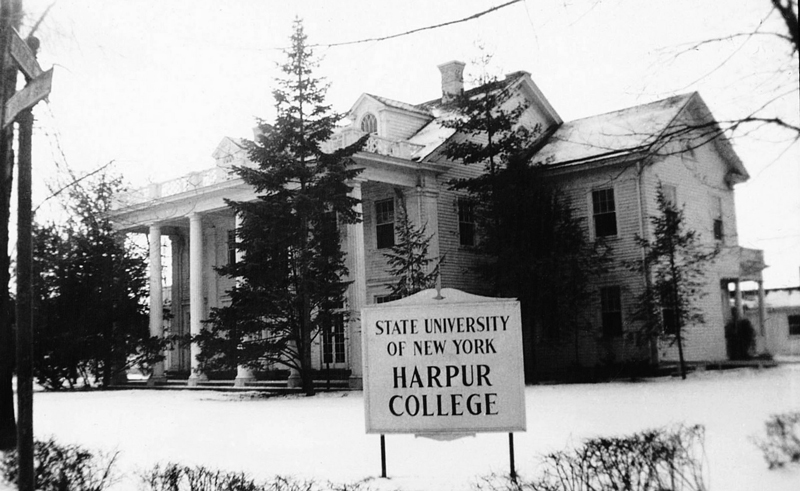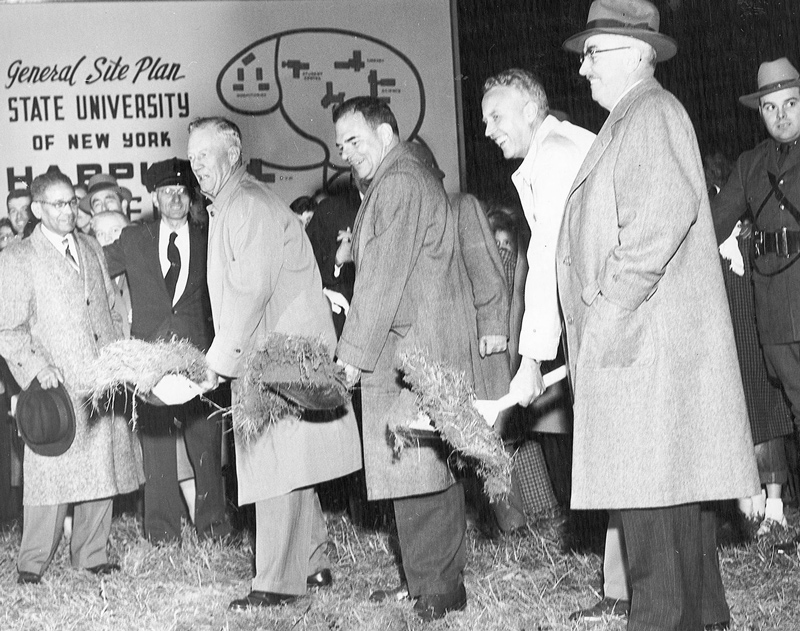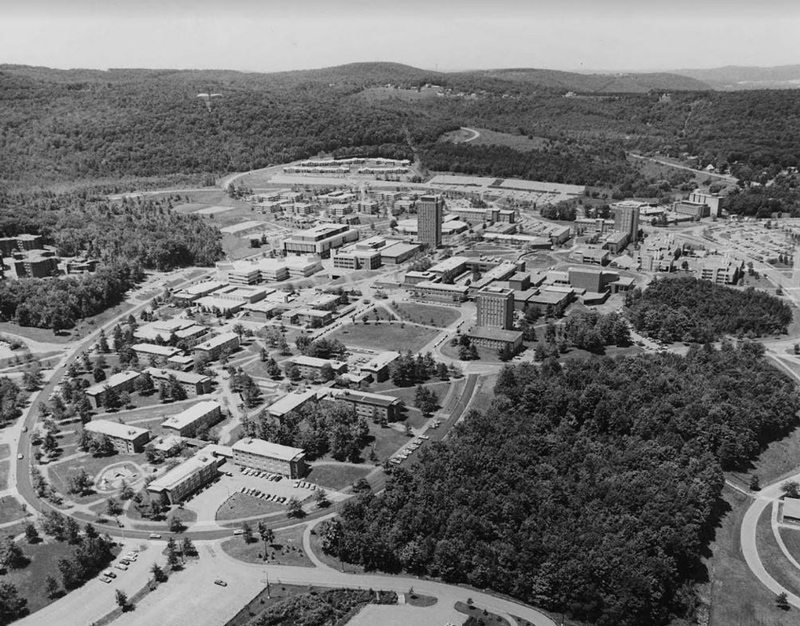Our History, Our Story
A Legacy of Public Liberal Arts Excellence

In 1950, the institution joined the newly formed State University of New York system as one of SUNY’s first two liberal arts colleges—marking the official beginning of Harpur College.
Named for Robert Harpur, a Colonial-era scholar, teacher, and patriot, the college was envisioned as a public liberal arts institution that could stand alongside the top private schools in the Northeast. That ambition continues to guide Harpur’s mission more than 70 years later.
A Campus Finds Its Home

Becoming Binghamton University

Excellence in Liberal Arts and Sciences
Today, Harpur College offers nearly 40 areas of study across the arts, humanities, sciences, and social sciences, supported by a wide range of interdisciplinary programs. Our graduate portfolio includes nationally recognized master’s and doctoral degrees, taught by distinguished faculty that include National Academy of Sciences members, Guggenheim Fellows, and award-winning scholars and scientists.
A Hub for Discovery, Creativity, and Innovation
Harpur students have access to modern science and computing labs, language technology facilities, expansive humanities offerings, multicultural studies, theater and performance programs, renowned music instruction, and distance learning resources. The college also connects students to multidisciplinary opportunities across the University’s professional schools, including nursing, community and public affairs, engineering, management, and pharmacy.